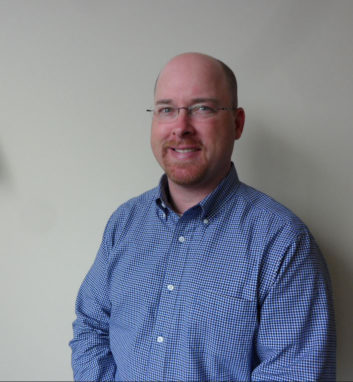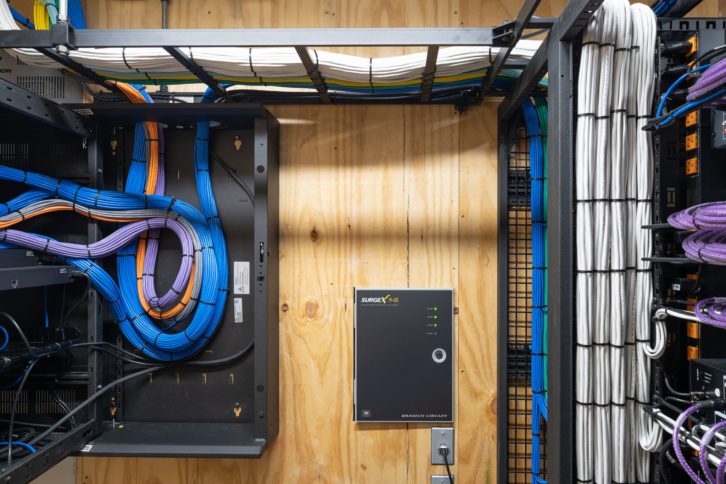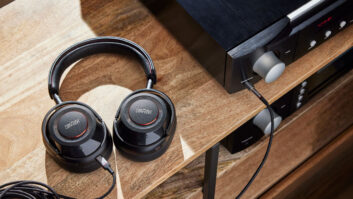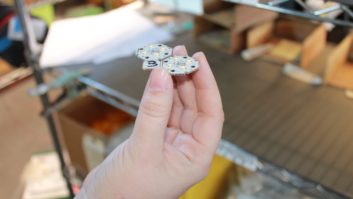
From full home automation overhauls to luxurious home theaters with state-of-the-art surround sound, and from the commute-sparing home office to the wellness-centric home gym, more homeowners than ever are investing passion, attention, time, and money into home projects. Amid the surge, integrators are continuously diversifying their portfolios with an abundance of products to offer homeowners an eye-catching, colorful palette of technologies that will complement the design of their spaces. Nevertheless, the increased demand also puts integrators under pressure to deliver installations that not only enhance spaces with custom, convenient experiences, but will also stand the test of time.
To deliver on this objective, integrators will need to look beyond the home’s newest endpoints and prioritize the foundation of the connected home as well: the quality of the home’s electrical power environment. If the foundation of a smart home project is not primed with power quality assurance, the growing number of connected home products reliant on the power environment can succumb to performance erosion quickly. The degradation and disturbances brought on by power problems can throw a wrench in the operation of systems that homeowners expect to work seamlessly, putting an integrator’s hard-earned reputation at risk.
Throughout my career, I’ve had the privilege of educating countless homeowners and integrators about power foundations and quality assurance. In that time, I’ve learned that while no power environment is the same, every power environment certainly has potential to wreak havoc on installations. There’s a lot that can go wrong with power — sags, spikes, surges, neutral-ground voltage, outages, electrical noise, and more. At SurgeX, we’ve seen that up to 85 percent of problems with home technology setups are power-related, which is staggering when you consider that each of those projects were preceded by significant investment of time, money, and imagination.

To protect the smart home and keep it running as intended, power management and conditioning must be an early priority. Depending on the needs of the power environment, proper power management solutions will vary. Typically, a strong solution will include power conditioning and voltage regulation in some capacity, cleaning power before it reaches the electrical equipment. Integrators looking to reduce service calls throughout smart home products’ lifecycles will also typically want to recommend a device that measures and reports on electrical metrics — including voltage, current, power, frequency, power factor, and crest factor — in addition to remote reboot to quickly reset and sooth problems in the power.
Related: Fight the (Poor) Power
But there’s not a magic, one-size-fits-all solution that will fit perfectly and address every project’s power management needs. Each home’s power environment is different, and each client’s technology setup requires a different mix of products for protection and assurance. It’s essential that integrators understand which solutions will be the best fit to tackle power problems from every angle. For example, while a UPS might eliminate blackouts, it must be paired with power conditioning features to keep other anomalies away from equipment. And, while UPS solutions with line interactive technology react quickly to outages, the shift to backup is not instant like an online double-conversion solution. Not all solutions have remote monitoring and reboot built in, so these features need to be considered for hard-to-access project locations.
While the list of circumstances and use cases goes on, the takeaway is that power solutions must be tailored to both the power environment and the needs of the installation to be successful. Power anomalies are present everywhere, and they’re often unpredictable, so integrators shouldn’t wait to protect their installations. Instead, the best approach is to analyze the power environment: Integrators should learn about the client’s past power events and electronic troubles, leverage monitoring tools to observe existing anomalies, and educate the client about which options will provide ample protection for the systems to be installed. Rooted in observable metrics and analyzed by an expert, this approach allows integrators to formulate a recommendation that protects the intricacies of the connected home.
The smart home is an art that would be nothing without a strong foundation to support it: Like a sculpture can’t take form without a sturdy base, and like watercolors won’t appear on a black canvas, an integrator can’t safeguard their work without a solid power foundation to mitigate risks. Integrators must strive to be artists and experts alike. It takes both a creative eye and a critical approach to identify the right product mix and communicate how each piece of the power foundation puzzle blends together to polish and protect the finished project.
Jimmy Paschke joined SurgeX in 2014 as director of residential sales. He brings over 20 years of retail, training, installation, sales, and management experience covering consumer electronics and custom integration to support SurgeX’s strong foundation in the residential channel. Pachske has worked in the AV and consumer electronic space for over 15 years, dating to his teen years as a salesclerk for Sears.







